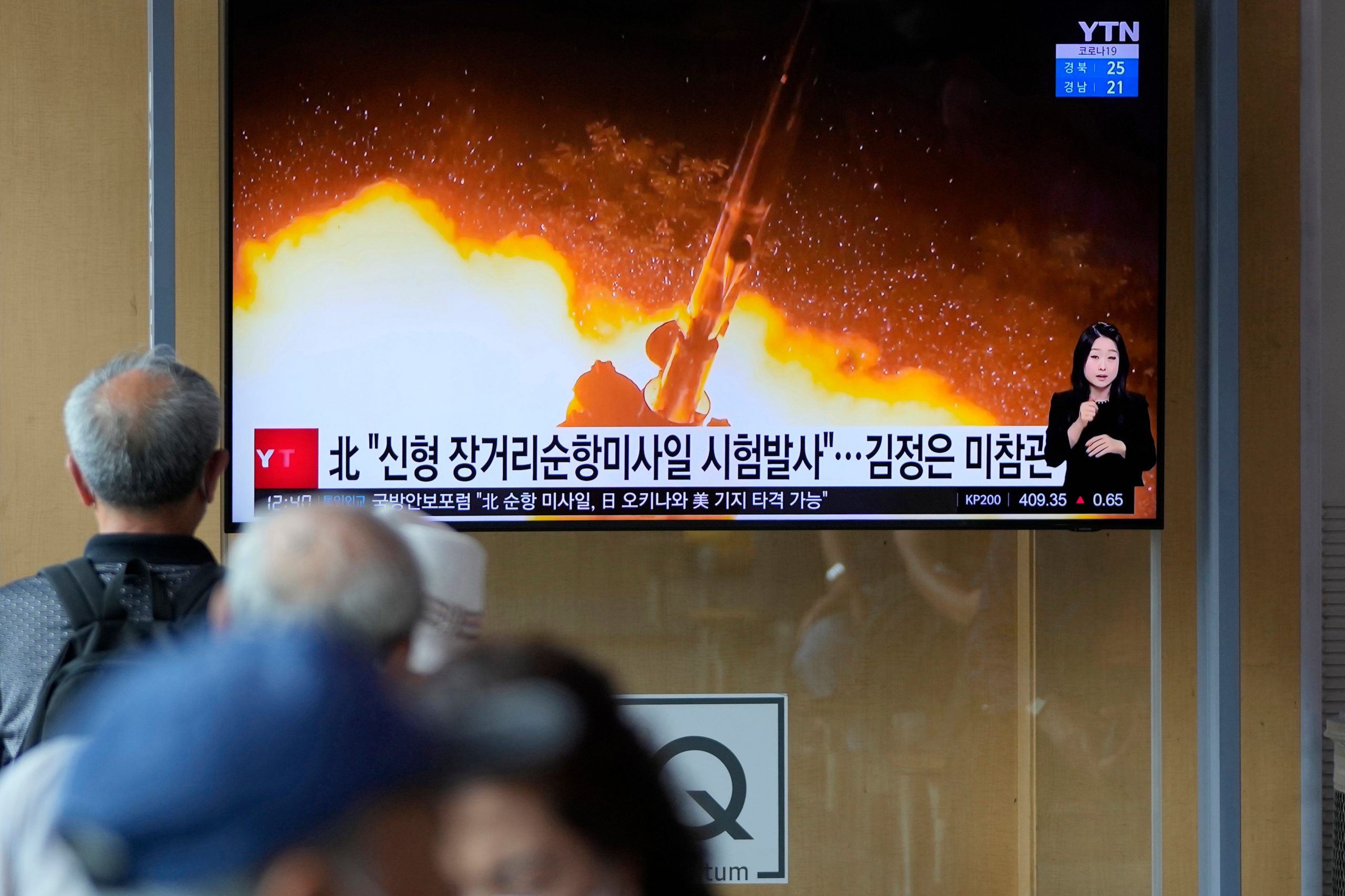Earlier this week, North Korea announced that it successfully tested what was described as new long-range cruise missiles over the weekend. The Korean Central News Agency said Monday the cruise missiles, which had been under development for two years, demonstrated an ability to hit targets 1,500 kilometers (932 miles) away during flight tests on Saturday and Sunday.
This development from Kim Jong Un-led county has renewed concerns that its nuclear-armed leadership its building its capacity to deliver strikes against US allies in South Korea and Japan.
Also read: North Korea’s Kim Jong Un’s weight loss takes limelight in military parade
What are these missiles all about?
Experts say the missiles launched over the weekend resemble in appearance US Tomahawk cruise missiles, and are likely designed to overwhelm the missile defenses of North Korea’s neighbours.
The North said the missiles it described as “new type long-range cruise missiles” were a “strategic weapon of great significance” that met leader Kim Jong Un’s call to strengthen the country’s military might — implying that they were being developed with an intent to carry nuclear weapons.
Also read: North Korea suspended from 2022 Beijing Winter Olympics: IOC
According to a Popular Science’s 2013 report, cruise missiles are fast-moving, guided bombs that soar at a very low trajectory, parallel to the ground. They are distinct from regular (non-cruise) missiles primarily because they go really far.
What is this latest test about?
Following North Korea’s announcement, Joseph Dempsey, research associate at the International Institute for Strategic Studies wrote on Twitter that the DPRK “technically already had cruise missiles – albeit a shorter range anti-ship system – the Kumsong-3 (KN-SS-N-2 Stormpetrel) based on the Soviet Kh-35.”
“There is nothing unusual about this test, but what we need to understand is that the North Koreans have tested a long-range cruise missile which is of strategic relevance for a particular region,” said Dr Jagannath Panda, coordinator of the East Asia Centre at MP-IDSA, New Delhi, in an interview with indianexpress.com.
Also read: Alaska lawmaker sorry for praising Nazi experiments in pro-vaccine argument
A new threat?
While data from the tests are so far limited, it’s clear the new missiles represent “another significant milestone for North Korea’s nuclear program,” said Melissa Hanham, an affiliate at Stanford University’s Center for International Security and Cooperation.
“Cruise missiles are almost like little airplanes – they can be very accurate,” Hanham said. “They can turn corners. They can go into valleys where radars would not see them easily. It would be a much more difficult problem for South Korea and Japan to monitor.”
With inputs from the Associated Press






